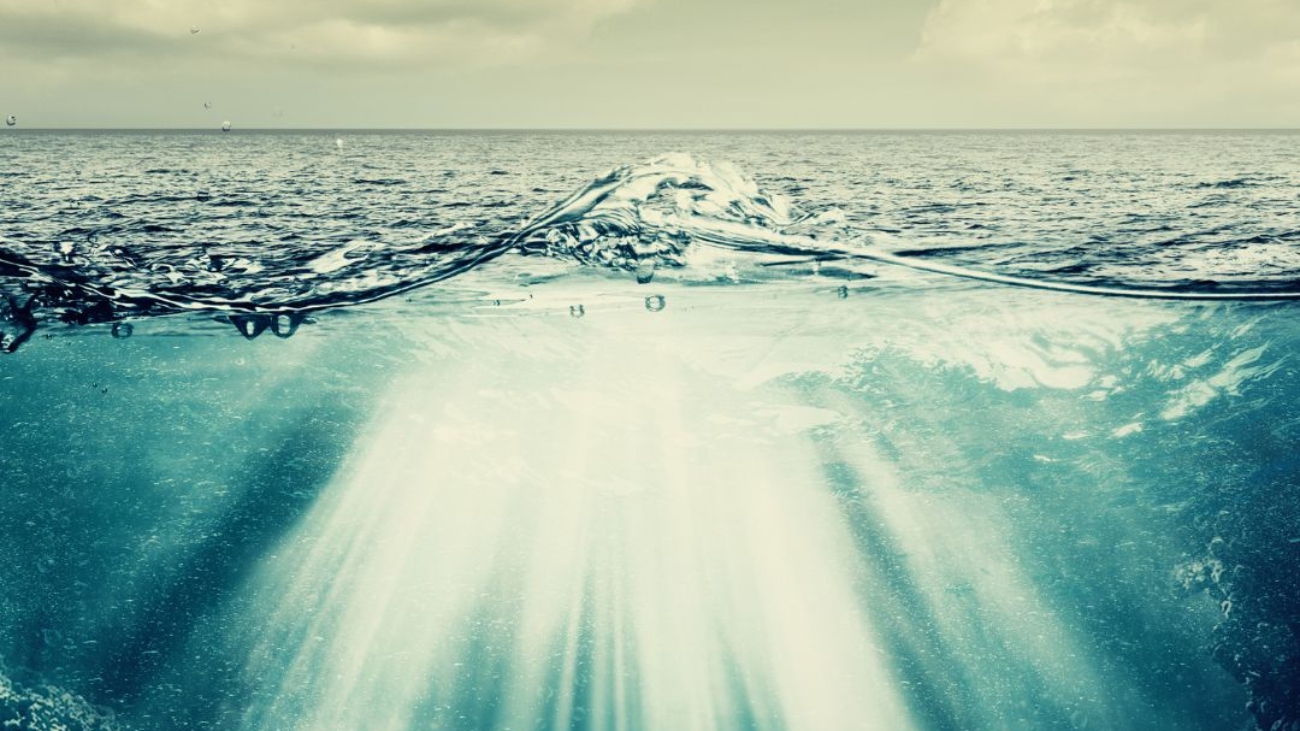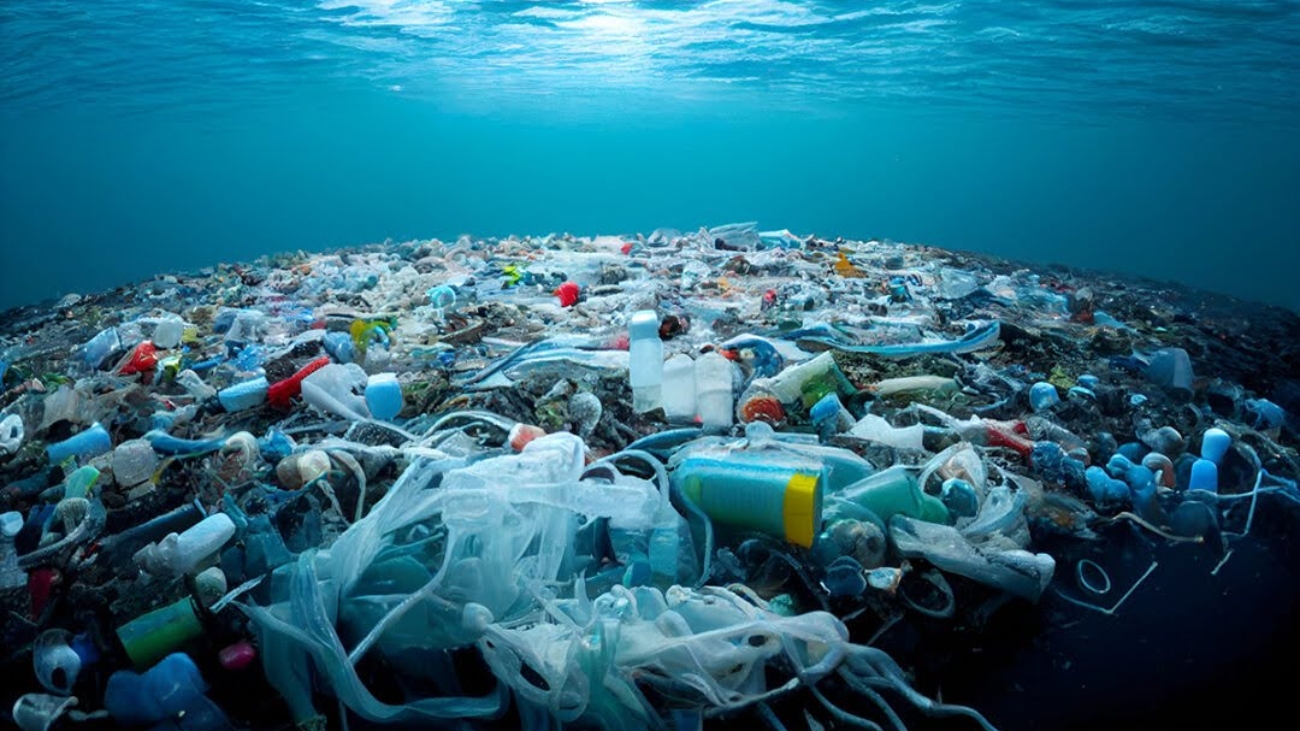A Journey of Purpose: Fighting Plastic Pollution with Ocean Integrity
As I sit down to reflect on my ongoing journey with Ocean Integrity, I can’t help but feel a surge of gratitude and determination coursing through me. My name is Harri Jordan, and my story is one of transformation sparked by a plastic bag caught on a tiny hook while sailing across the Atlantic Ocean.
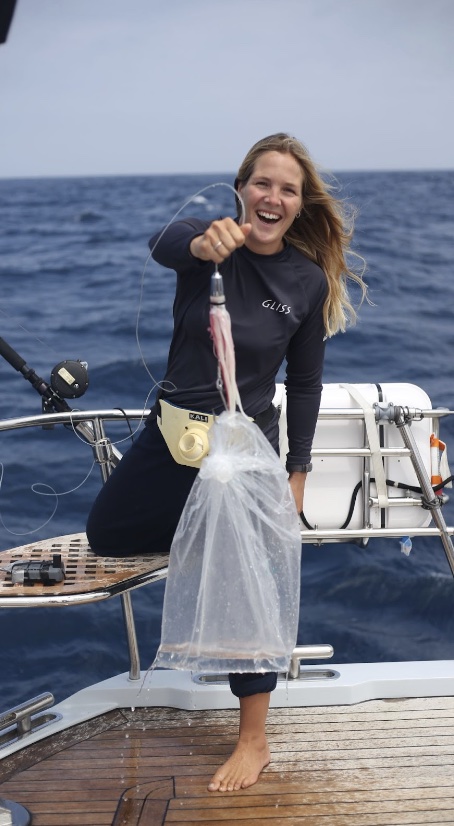
A couple of years ago, I embarked on a life changing and eye opening decision—to leave behind my job working on a sailboat and dive headfirst into the mission of Ocean Integrity. This decision was born from a profound moment of realisation when I spent 40 minutes reeling in what I thought was a huge tuna and turned out to be a plastic bag on a tiny fishing hook in the middle of the Atlantic Ocean.
Moment of dumbfoundedness on realising my ‘big catch’
Upon meeting Kieran, I was immediately struck by his unwavering dedication and the urgency of the cause. Together, we embarked on a journey that would open my eyes to the true extent of the crisis. Driving around Jakarta, we witnessed rivers choked with plastic waste, transforming once vibrant waterways into lifeless cesspools.
For months, I worked alongside Kieran, collaborating on his innovative approach to tackling plastic pollution. At the heart of Ocean Integrity’s mission lies a simple yet powerful idea—empowering indigenous fishermen to collect plastic and reintegrate it into the supply chain through recycling.
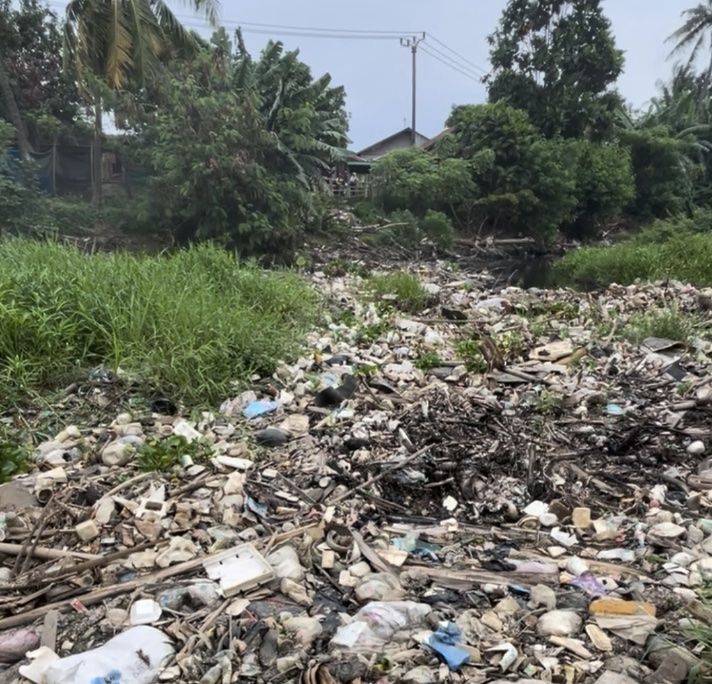
Engaging with the local communities, I learned firsthand the devastating repercussions of plastic pollution on livelihoods and ecosystems. Many fishermen, once reliant on bountiful seas for sustenance, now face a stark reality of depleted fisheries and contaminated waters.
Driven by a shared sense of urgency, Kieran dedicated eight years to developing the groundbreaking MPED “microplastic elimination device.” This revolutionary net has the capacity to capture staggering amounts of waste, offering a glimmer of hope amidst the sea of despair.

The MPED in action
Through the deployment of these nets and collaboration with local fishing communities, Ocean Integrity has achieved remarkable results, collecting thousands of tons of plastic from our waterways. What sets Ocean Integrity apart is its commitment to sustainable solutions—ensuring that every piece of collected plastic finds a purpose, steering clear of landfills and incinerators.
Admittedly, the journey hasn’t been without its challenges. Disposing of non-recyclable plastic posed a significant hurdle, but through innovation and perseverance, we’ve discovered viable alternatives, from utilising plastic in road construction to transforming it into fuel, so nothing ends up in a landfill and nothing gets openly burned.
Moreover, Ocean Integrity offers corporations the opportunity to become plastic neutral through sponsorship of clean-up initiatives, fostering a collective responsibility towards environmental stewardship.
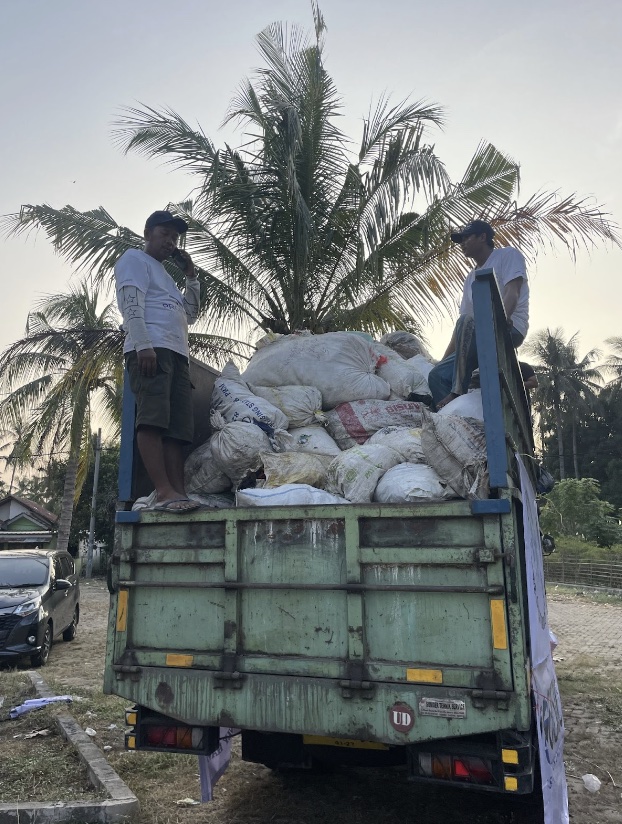
As I look ahead, I’m filled with renewed purpose and determination. My journey with Ocean Integrity has been a testament to the power of collective action and the profound impact that individuals can have when united by a common cause.
Together, we can rewrite the narrative of our oceans, restoring integrity to the very lifeblood of our planet. With Ocean Integrity leading the charge, I am confident that a brighter, cleaner future lies on the horizon—one where our oceans thrive, and our planet flourishes once more.
By, Harri Jordan

